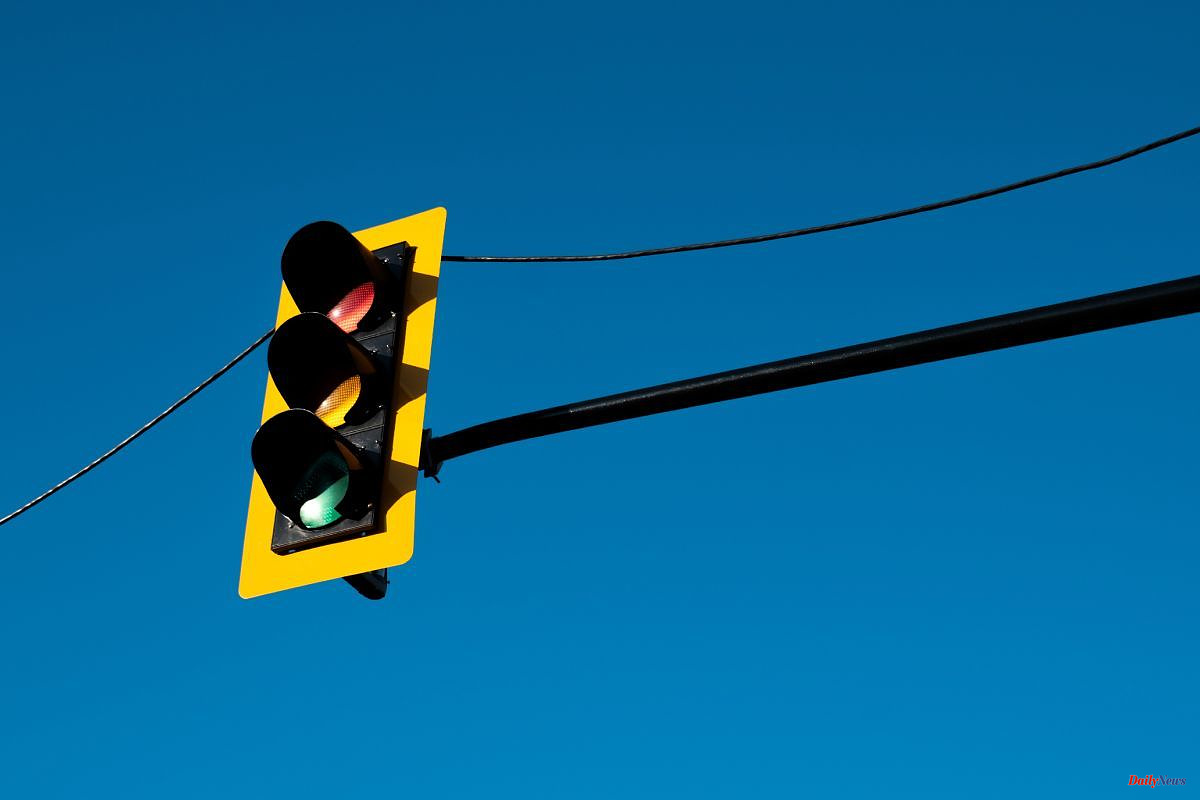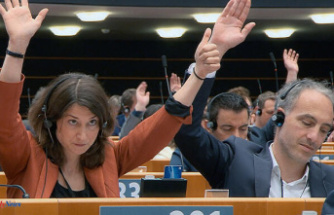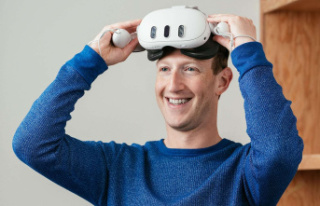The traffic signals that regulate traffic present lights in red, yellow or amber and green. Why were these colors chosen and not others? These common devices on the streets were not always like this.
The railway engineer John Peake Knight was the creator of the first traffic light, which was installed in London on December 9, 1868, before cars traveled through the British capital. Based on existing signals for trains at the time, he created a device very different from the one we all know today and that had to be operated by one person.
It had two arms that moved to indicate the direction of traffic that had to stop, imitating those of a traffic agent. Red and green lights were added to the design so carriage drivers and pedestrians could see them at night.
As explained by the National Museum of Science and Technology of Spain, the first electric traffic light was invented by the American James Hoge. It debuted in 1914 in Cleveland and had only two lights, red and green.
Shortly after the first traffic light with three colors would arrive. Detroit police officer William Potts was responsible for adding the yellow light as a cautionary signal.
The colors of the traffic lights were copied from those used in the rail system, chosen because they have a high visibility spectrum. Red is a color that is associated with the forbidden and danger. In addition, it is one of the tones that is best seen at a long distance.
Green indicates that the passage is allowed, but in the past it was a color used as a sign of caution. He warned the train drivers that they should be careful, slow down and wait for it to change to continue running. Its meaning was modified after some accidents. Finally, yellow was chosen because it works as a transition between the other two colors and because it is also visible from afar.
Traffic lights in the near future could include a fourth color, white. A group of researchers from North Carolina State University propose adding it to regulate traffic with autonomous cars. These would communicate with traffic lights wirelessly, while drivers could tell by the white light to follow the autonomous vehicle in front of them. The system would reduce traffic jams and help save fuel.
According to the criteria of The Trust Project












